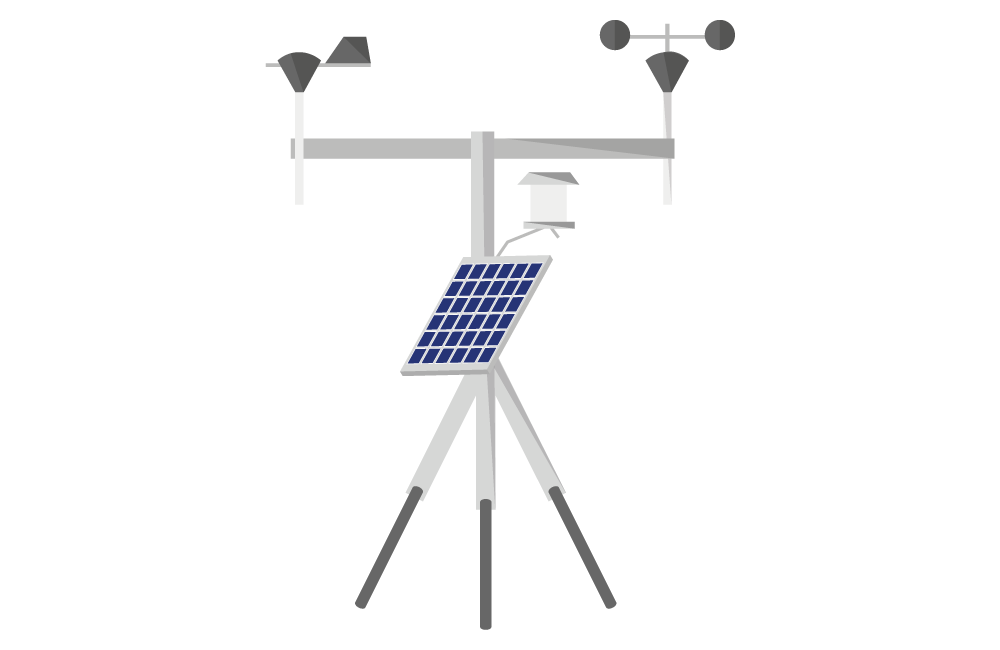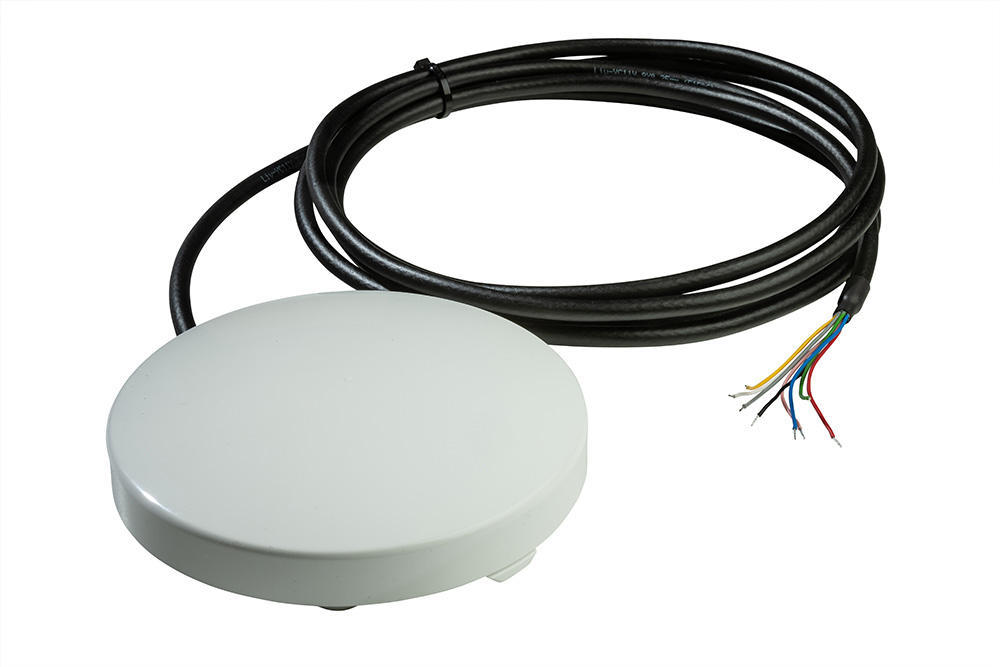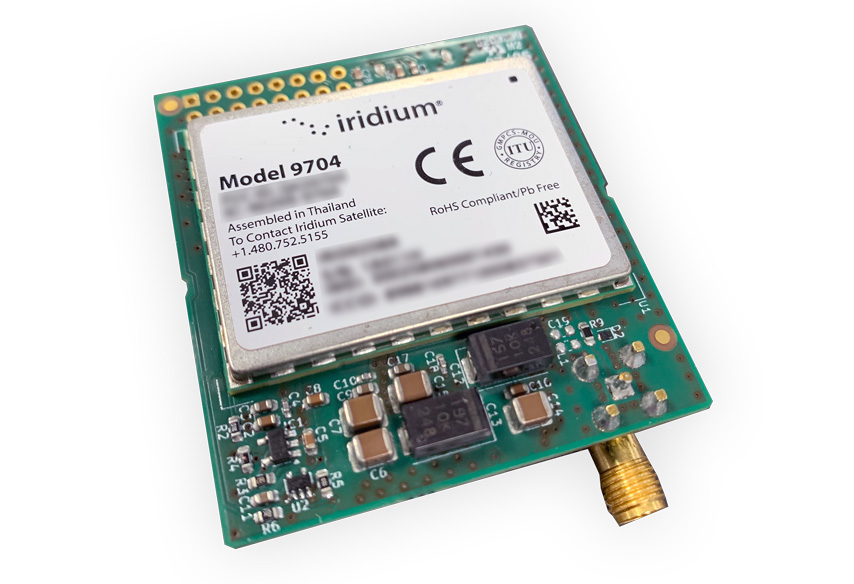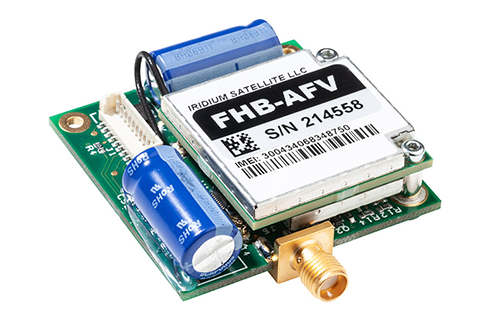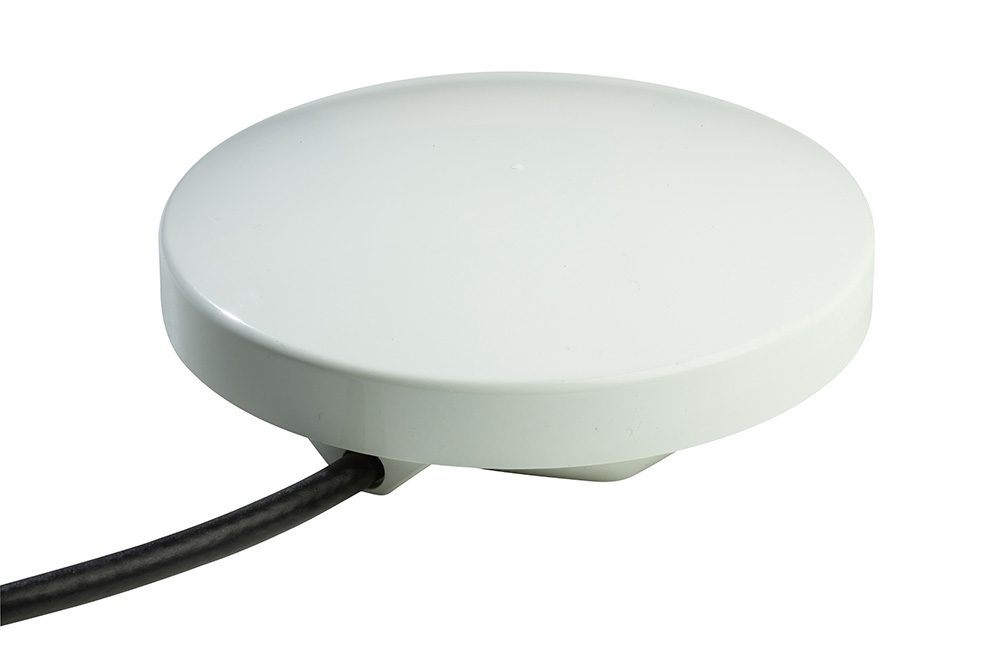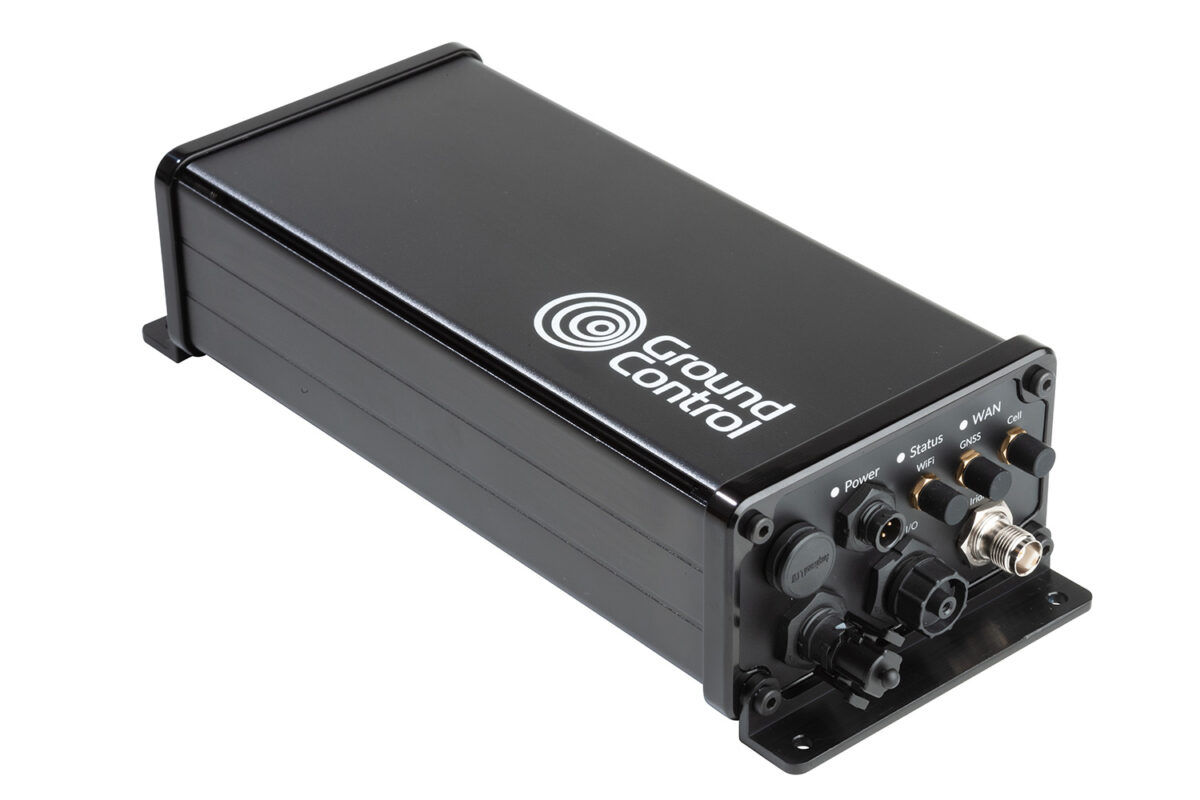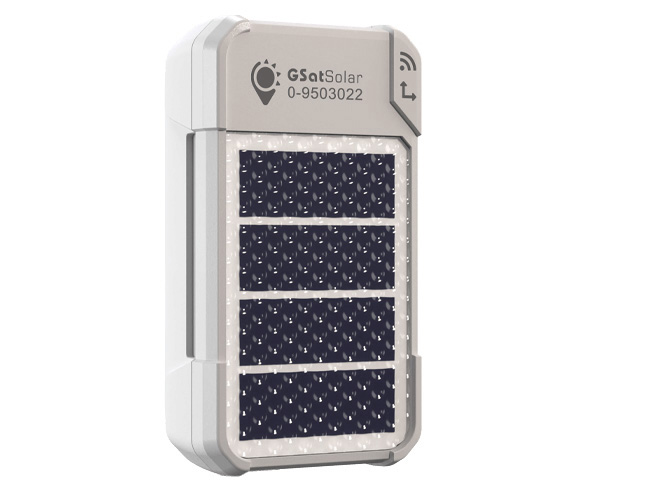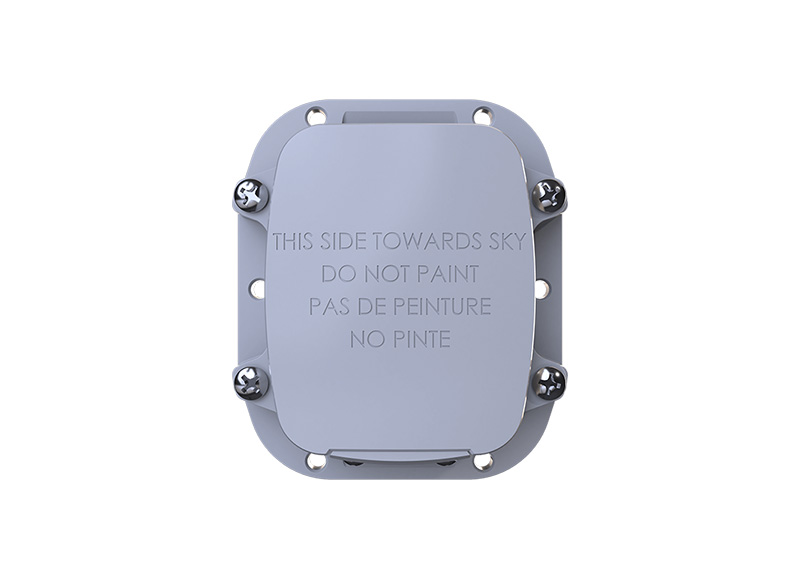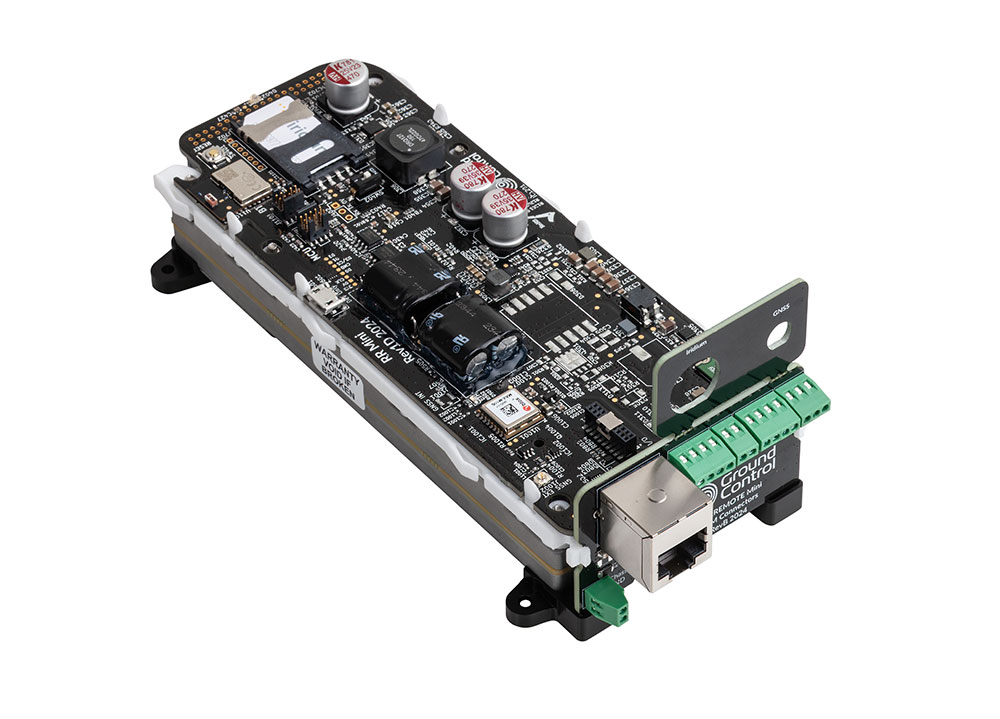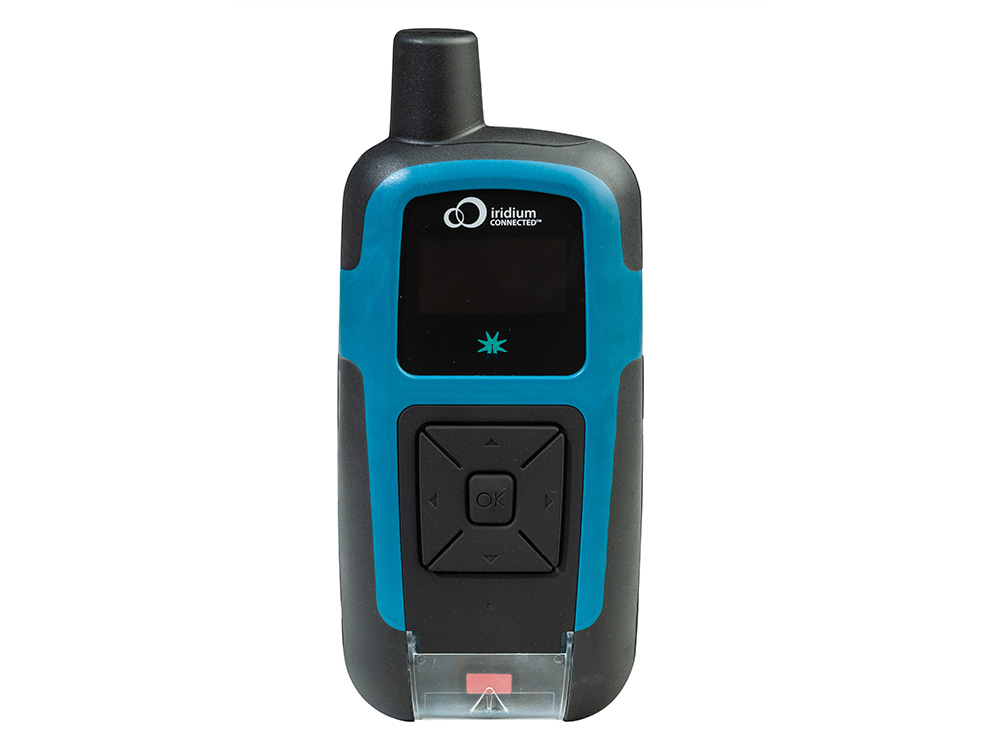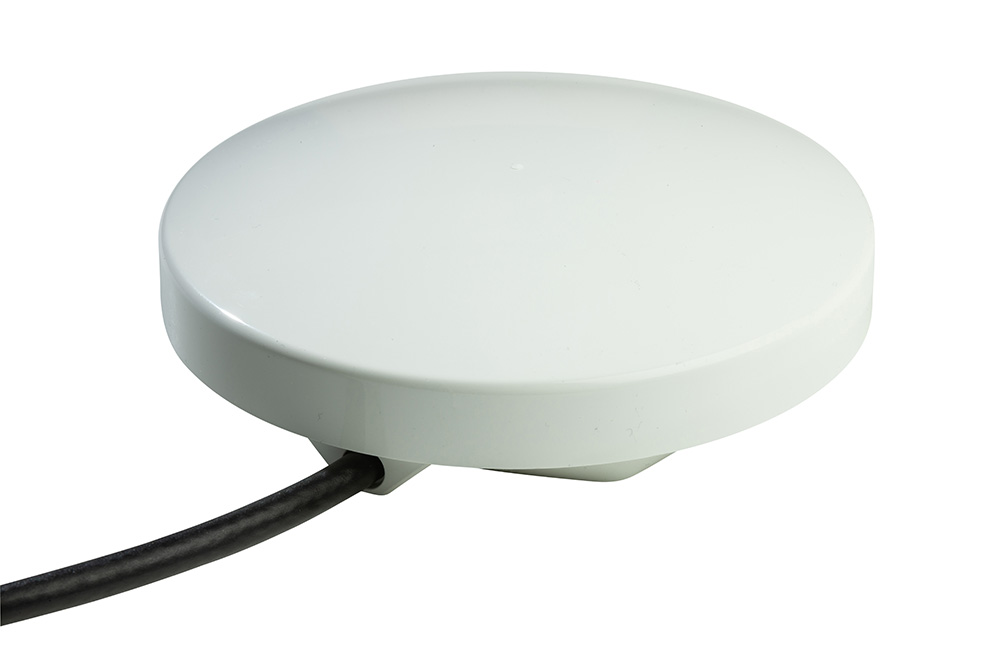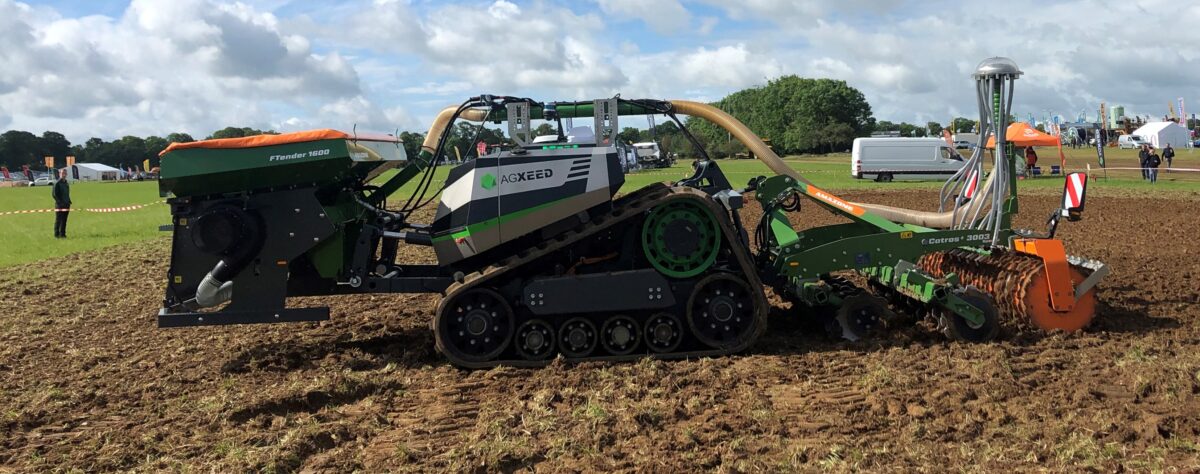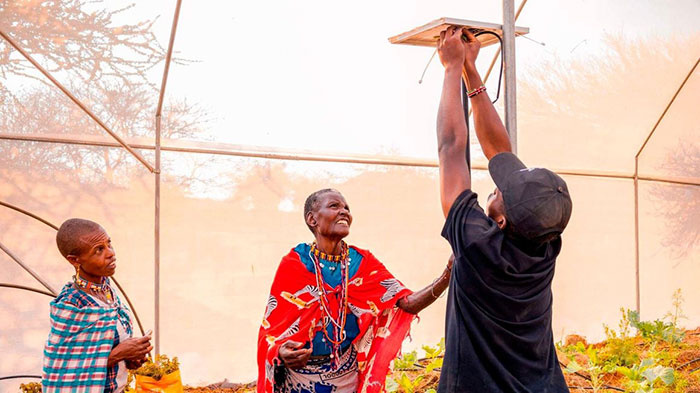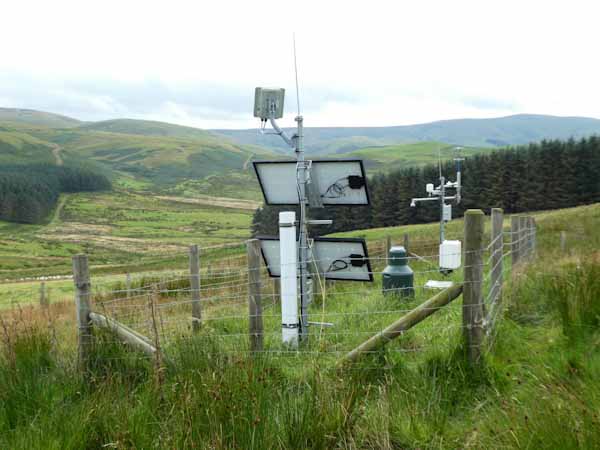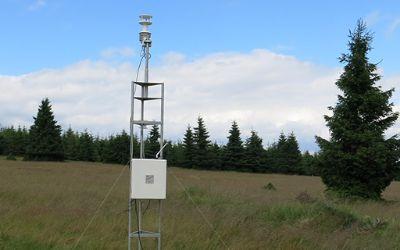
Utilizing Satellite IoT For Smarter Farming
Selecting the Right Satellite Connectivity for Smart Agriculture
In agricultural IoT (Agri-IoT), not all applications demand the same level of connectivity. From precision irrigation systems to remote monitoring, choosing the right satellite solution is key. Critical systems often need real-time, two-way data exchange, while others can operate efficiently on low-power, scheduled transmissions where cost and scale matter most.
Use this guide to align your agricultural application with the right connectivity strategy:
🚨 Real-Time Satellite Connectivity
🕒 Store-and-Forward via NTN NB-IoT
Best for applications where immediate data and control are crucial:
-
Irrigation control systems
Monitor soil moisture and send immediate irrigation commands based on real-time field data to optimize water usage and crop health. -
Livestock health and safety monitoring
Detect abnormal movement or biometric alerts from GPS collars or sensors in real time for timely intervention. -
Pest and disease outbreak alerts
Instantly transmit early signs of infestation from sensor stations to enable fast response and crop protection. -
Failover comms for critical farm infrastructure
Maintain operational continuity by switching to satellite when cellular networks are unavailable.
For these applications, we recommend Iridium Certus 100, Iridium Messaging Transport (IMT) or Iridium SBD.
Ideal for power-efficient, cost-effective data collection where some delay is acceptable:
-
Remote soil and climate monitoring
Collect soil temperature, humidity, and weather data at regular intervals to support crop planning and decision-making. -
Grain silo and water tank level monitoring
Schedule updates on fill levels to manage logistics and supply chain without constant connectivity. -
Field-based environmental compliance tracking
Gather data on runoff, chemical levels, or air quality for regulatory compliance or sustainability programs. -
Livestock location tracking
Log and transmit herd movement data a few times per day to manage pasture usage and animal welfare.
Note: This is an emerging technology. We are actively testing our RockBLOCK RTU with a standards-based NTN NB-IoT module for agricultural deployment.
FAQs About Satellite IoT in Smart Farming
Continuous data uploads can drain solar / battery packs very quickly. The key is transmitting only what’s needed, when it’s needed. Devices like the RockBLOCK RTU include onboard edge processing, allowing them to locally log, aggregate, and filter data, transmitting only summary or exception data at set intervals. This dramatically reduces airtime and power use.
Paired with energy-efficient protocols like Iridium SBD or NTN NB-IoT, which is designed for store-and-forward transmission, these systems can run for years on solar and battery power, even in low-light environments.
Read more about maximising battery life for remote IoT devices
Modern satellite IoT offers scalable cost structures suitable for large deployments. The emergence of NTN NB‑IoT devices, using mass-produced chipsets, promises gradual hardware cost reductions through economies of scale.
On the airtime front, low data volume plans tailored to meter readings, soil moisture, or periodic environmental reporting are competitively priced; typically a few dollars per device per month, with flexible overage controls available via platforms like Cloudloop.
Plus, with Cloudloop’s unified management ecosystem, you can monitor device health, remotely update firmware, and control airtime activations, all via the same portal, significantly reducing field maintenance and support costs.
Modern agriculture relies on transparency and accountability and satellite-enabled IoT plays a key role in achieving both. By combining IoT sensors with blockchain technology, every stage of the agricultural supply chain can be monitored, recorded, and verified, from harvesting to the consumer’s table.
Traceability systems track:
- On-farm harvesting and post-harvest handling
- Storage and transportation conditions (e.g., temperature, humidity, spoilage risks)
- Processing, packaging, and distribution routes
- Blockchain-verified records to prevent tampering or fraud
In short, satellite IoT supports sustainable, ethical, and transparent supply chains, benefitting both producers and consumers.
Yes. IoT technologies enable farmers to use resources more efficiently, applying water, fertilizers, and pesticides only where and when they’re needed. This precision reduces runoff, minimizes chemical leaching into soil and waterways, and cuts down on waste. IoT sensors also help track carbon emissions and energy usage, supporting more sustainable practices and helping farms meet environmental and regulatory goals.
Agricultural drones and UAV’s (unmanned aerial vehicles) are a growth area in smart farming. Using high-resolution cameras and advanced sensors, drones can monitor crop health, detect signs of stress or disease, and identify areas suffering from poor irrigation or nutrient deficiencies. They can also be used for precision spraying, applying fertilizers or pesticides only where needed, which reduces input costs and environmental impact. In addition, drones can assist with mapping fields, monitoring livestock over large areas, and estimating yields by tracking crop development throughout the season. By collecting detailed data quickly and efficiently, drones help farmers make informed decisions, streamline operations, and ultimately boost productivity.
Integrating satellite IoT into existing cellular-connected farming systems is a practical way to extend coverage and improve reliability, especially in remote or patchy network areas. Many modern IoT devices are built with hybrid connectivity, allowing them to switch between cellular and satellite networks depending on availability. This ensures continuous data flow from sensors, machinery, or livestock trackers.
Most satellite IoT solutions support standard communication protocols and can be configured to work alongside existing platforms. Many sensors, data loggers, and gateways support standard protocols (like MQTT, HTTPS, or LoRaWAN), so satellite-enabled devices can plug into existing data flow with minimal reconfiguration.
In essence, satellite IoT doesn’t replace an existing setup – it enhances it. It fills the connectivity gaps, provides a backup when cellular fails, and ensures no loss of visibility of critical assets.
Here to help
Whether you're managing crops, water, or livestock, we’ll help you stay connected and in control, anytime, anywhere.
